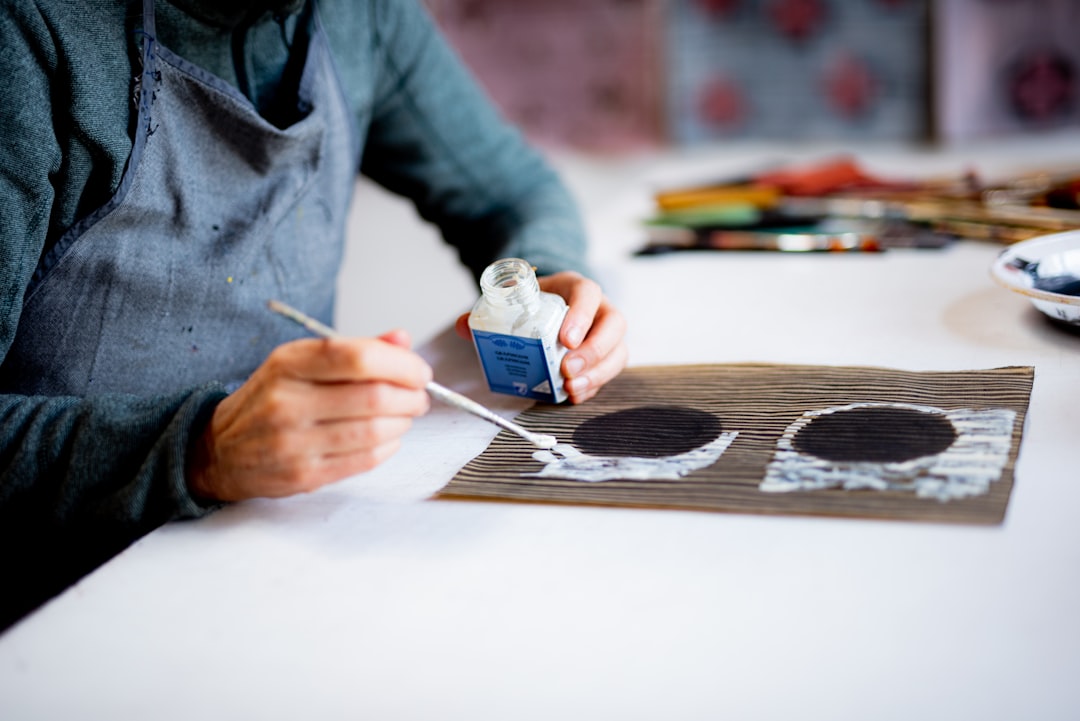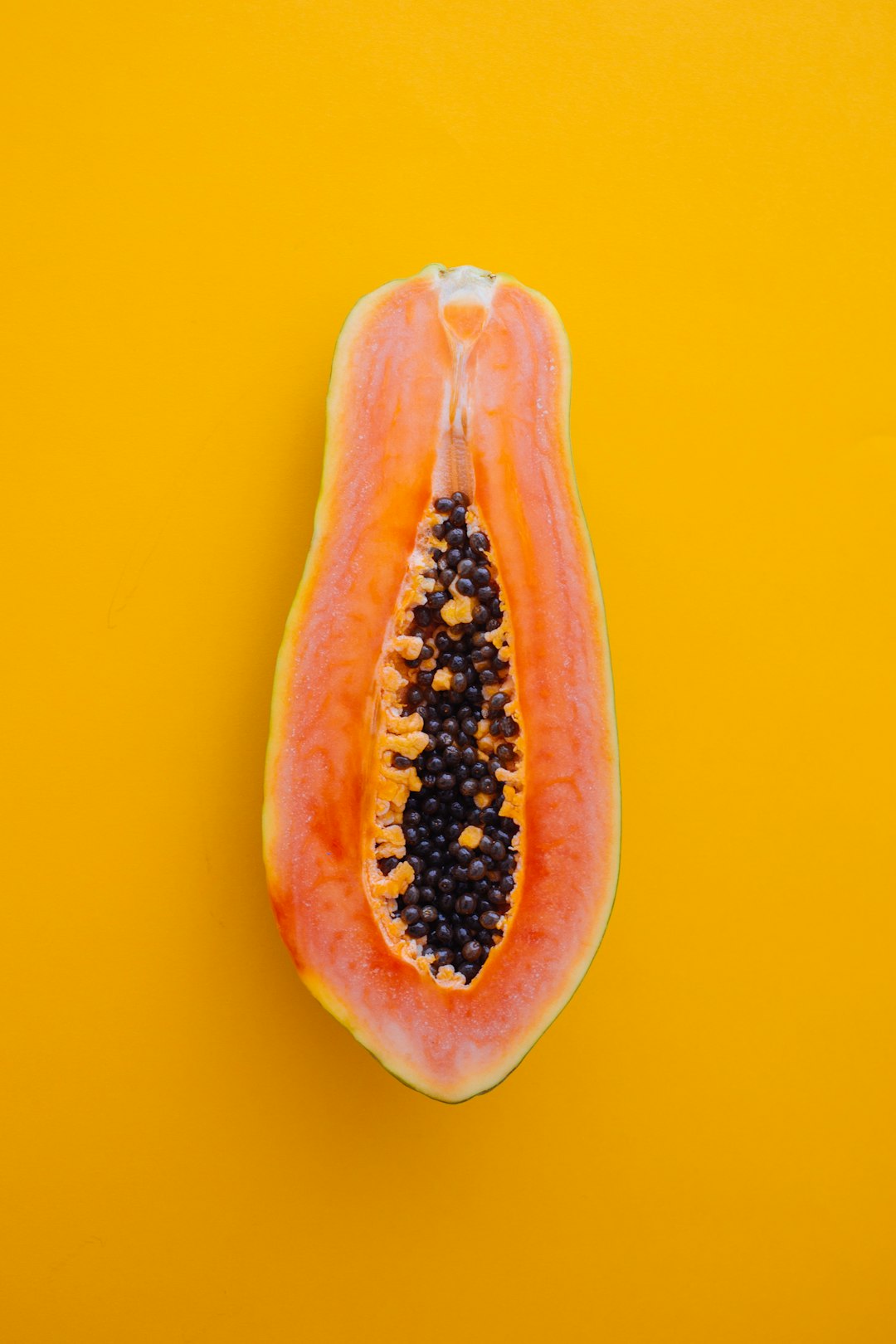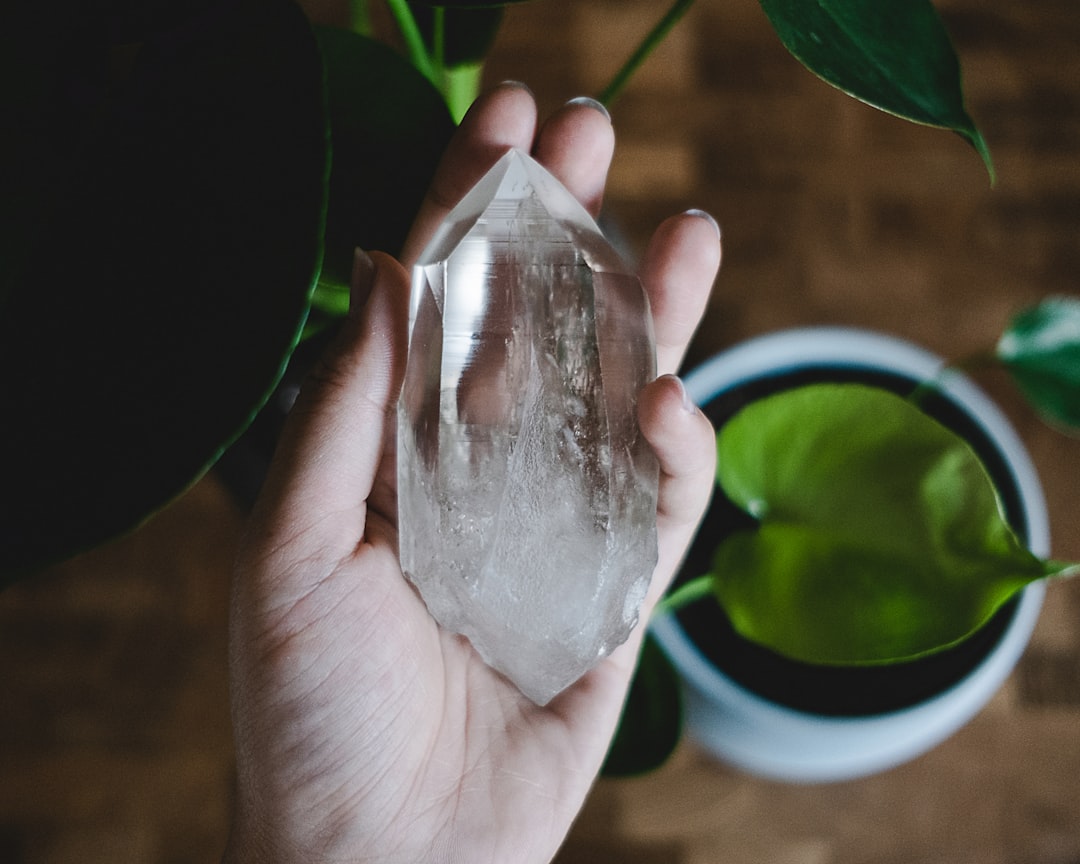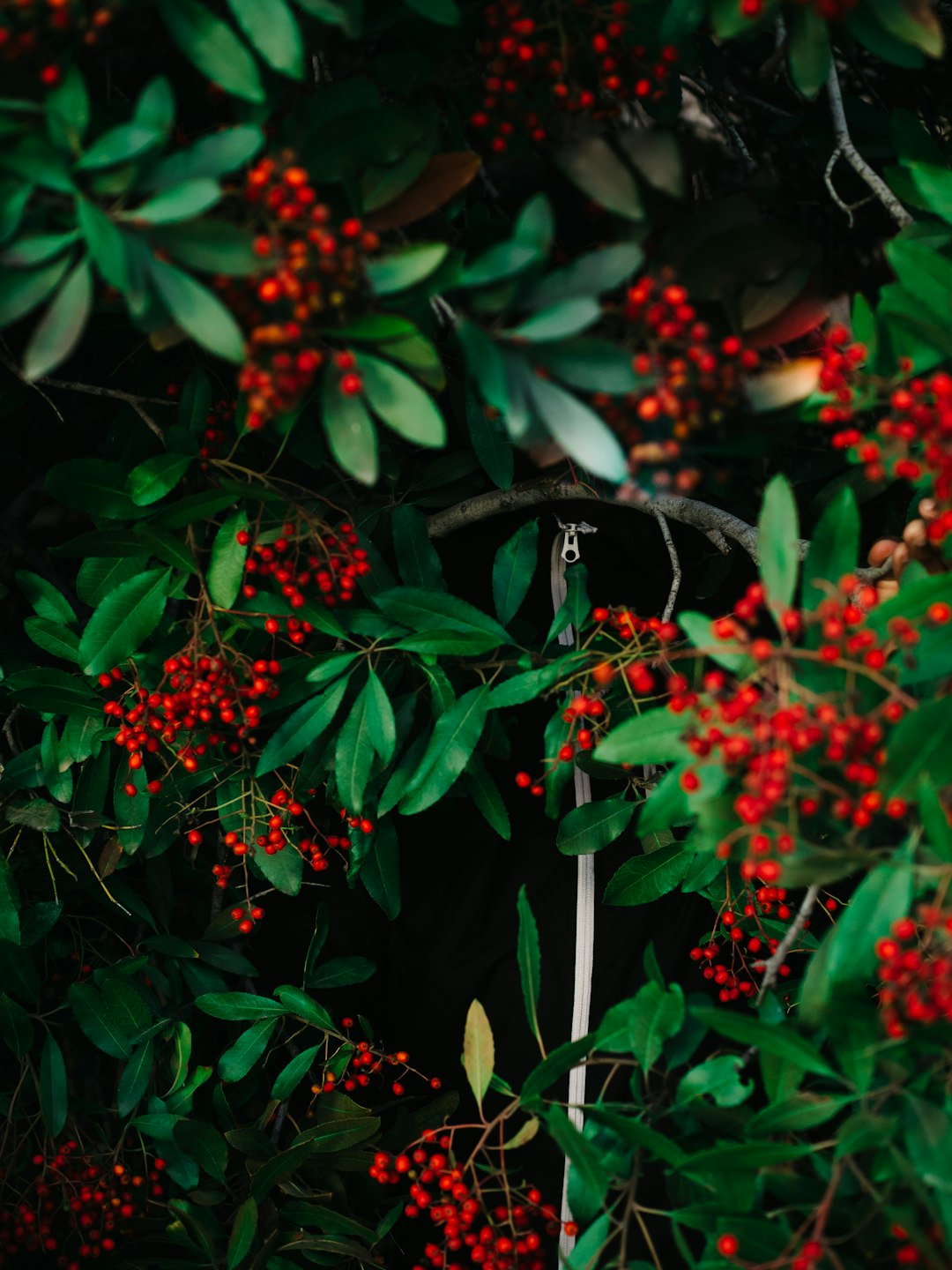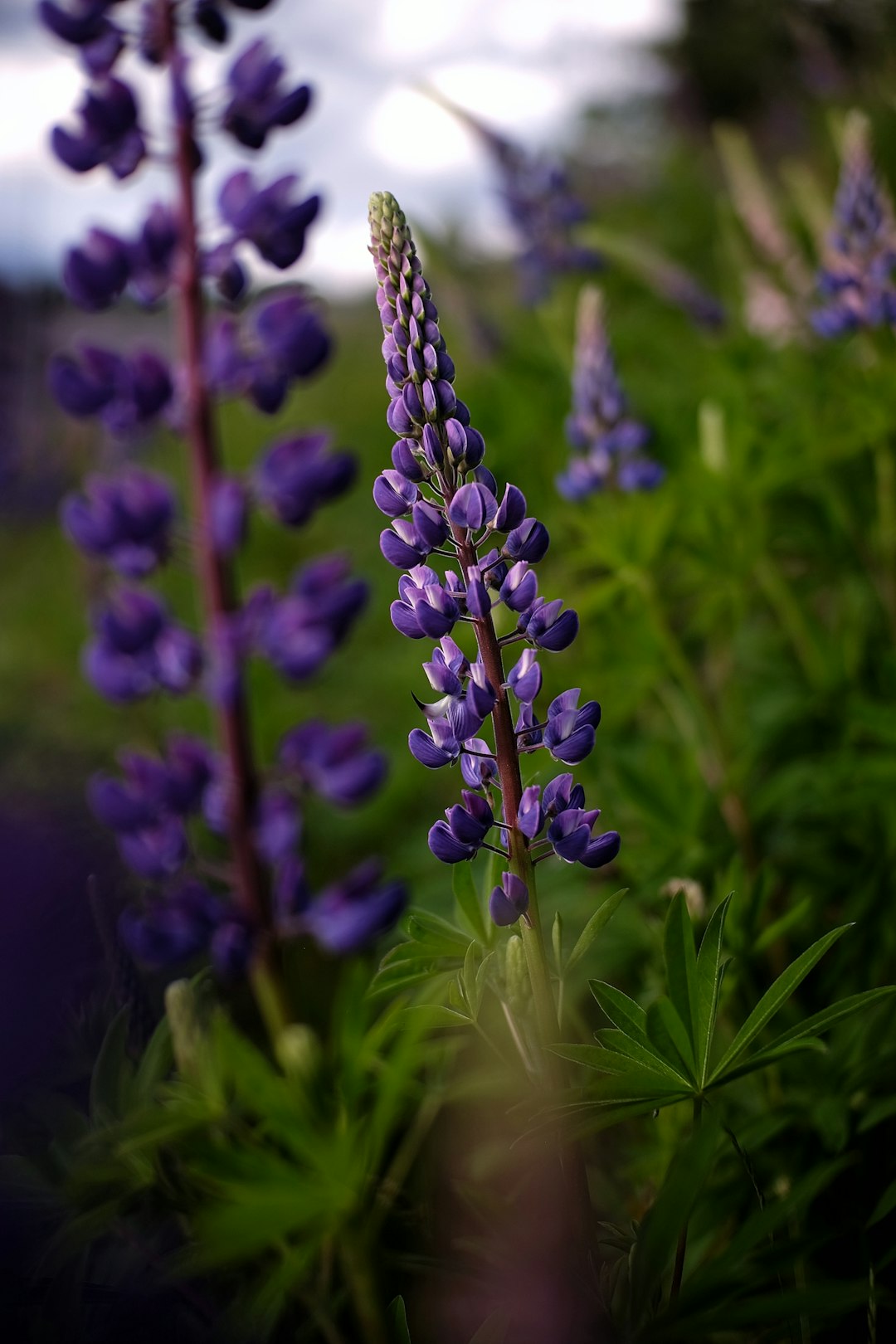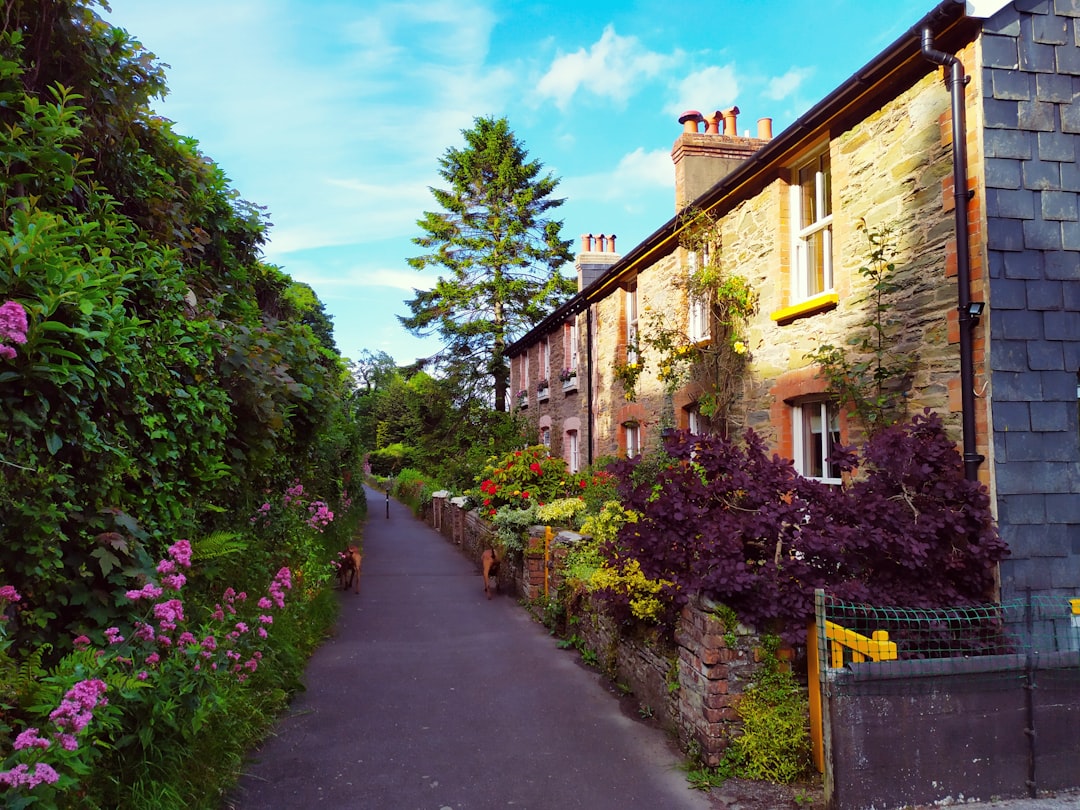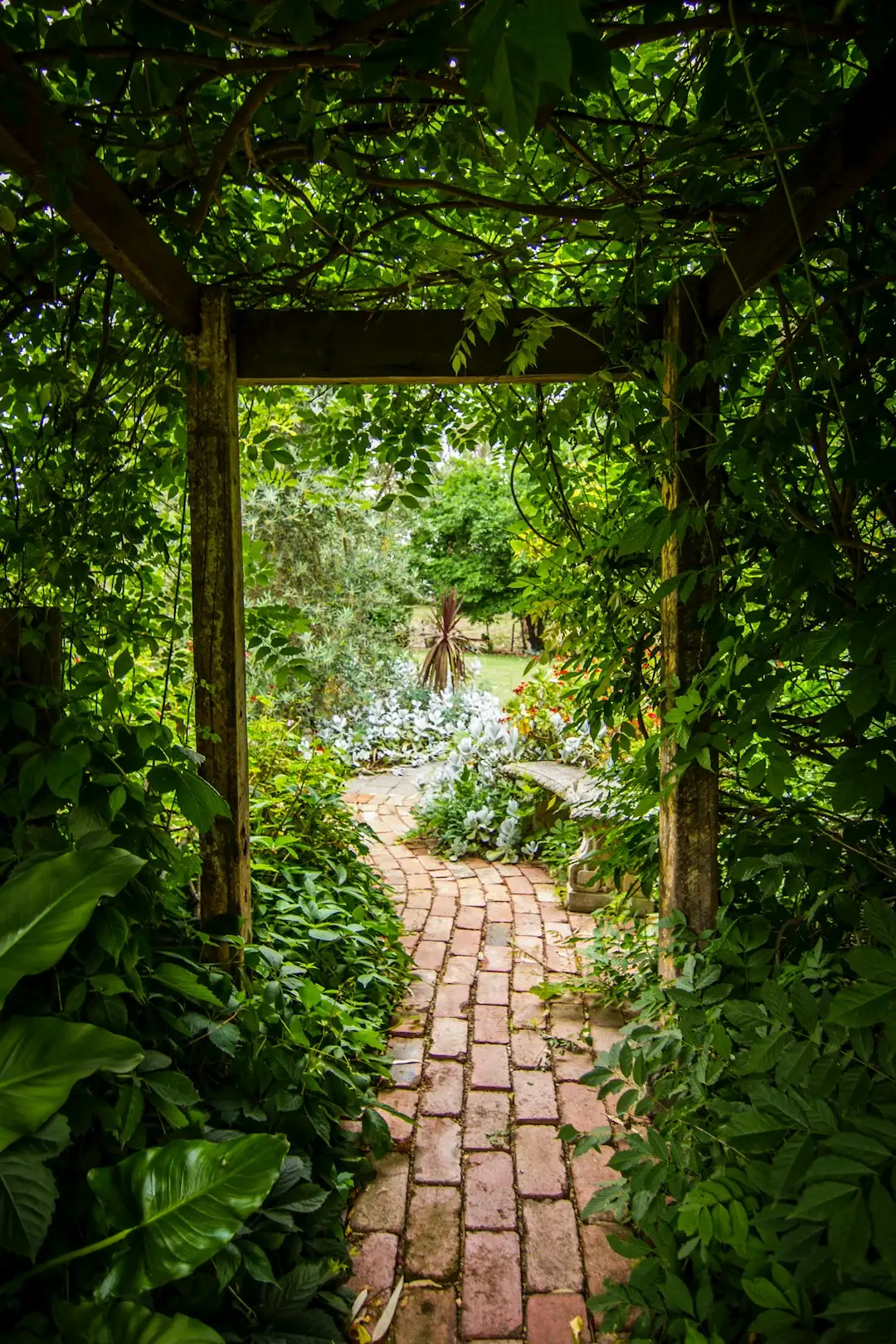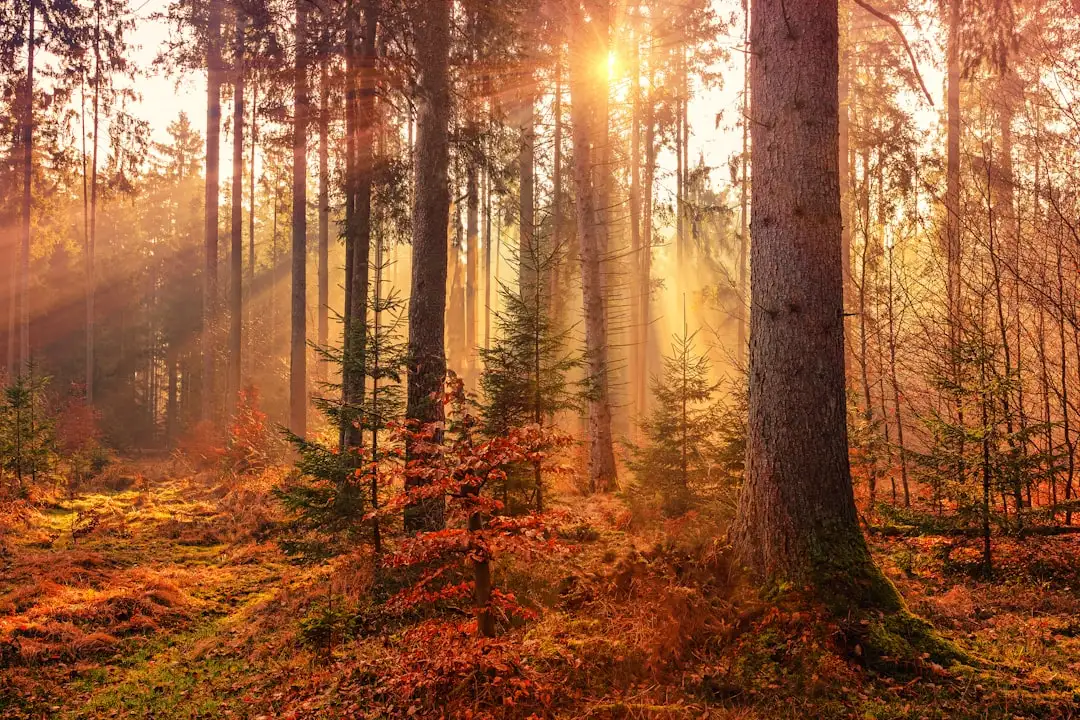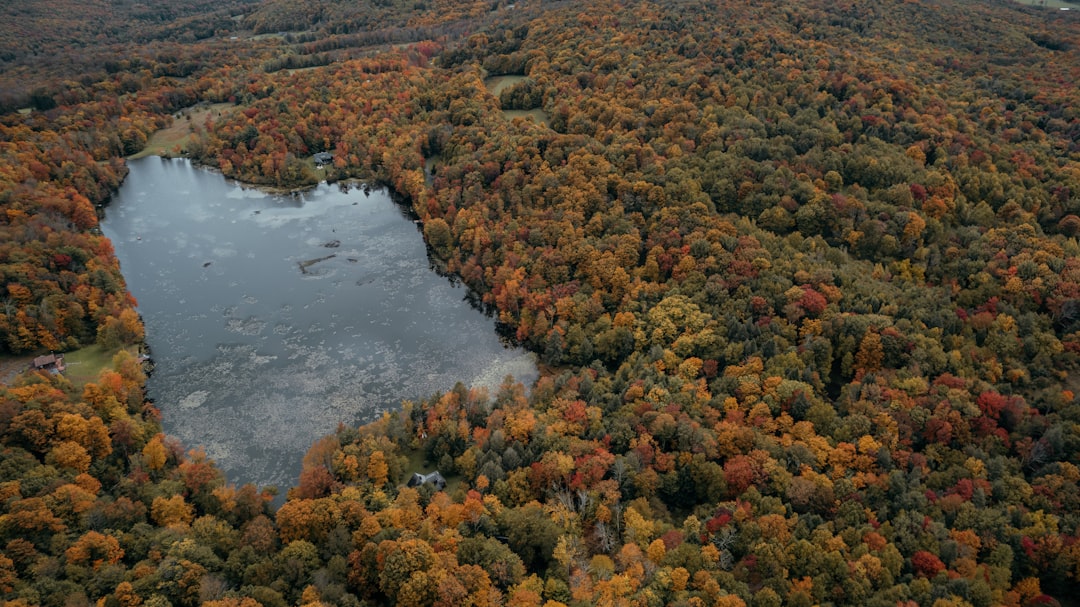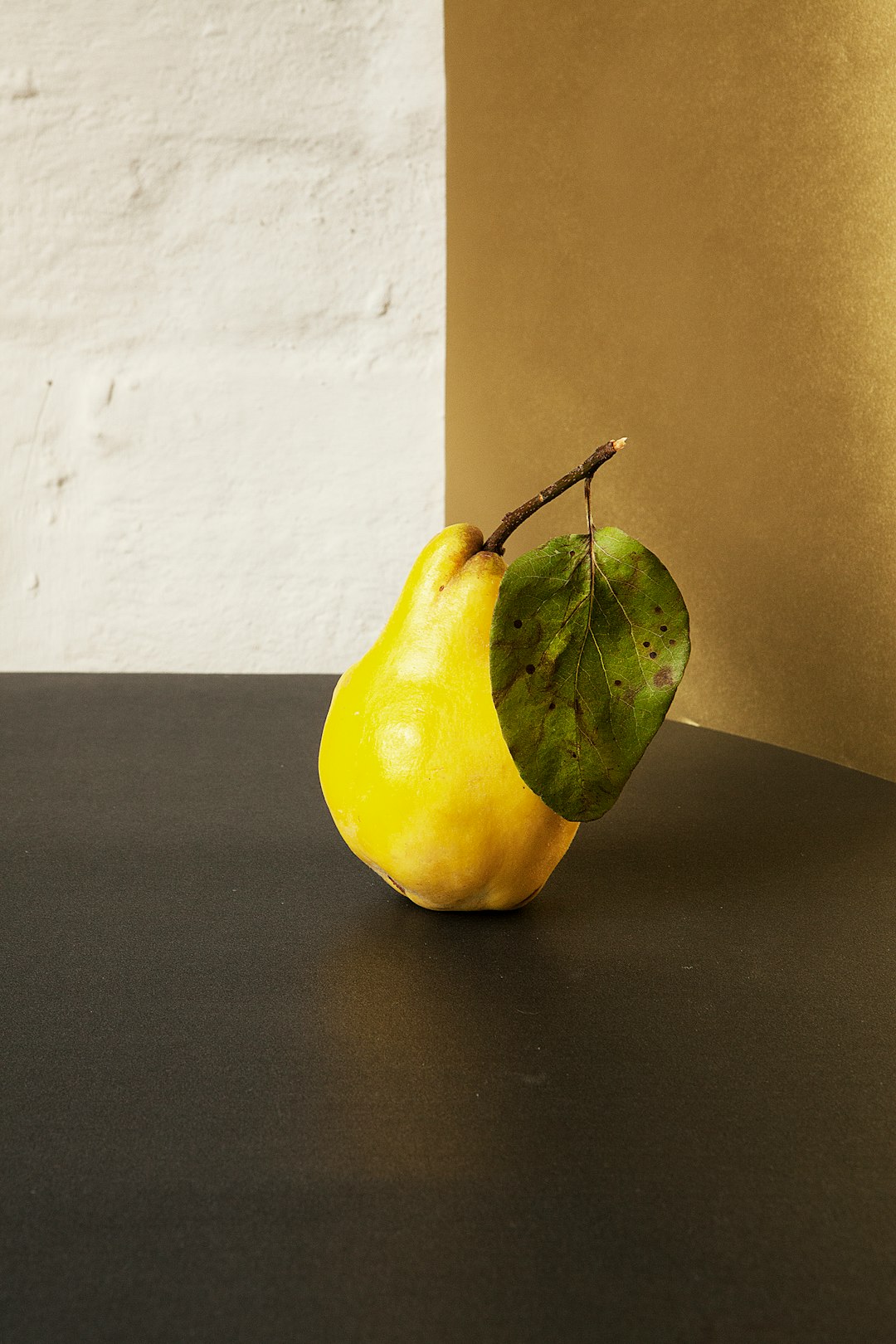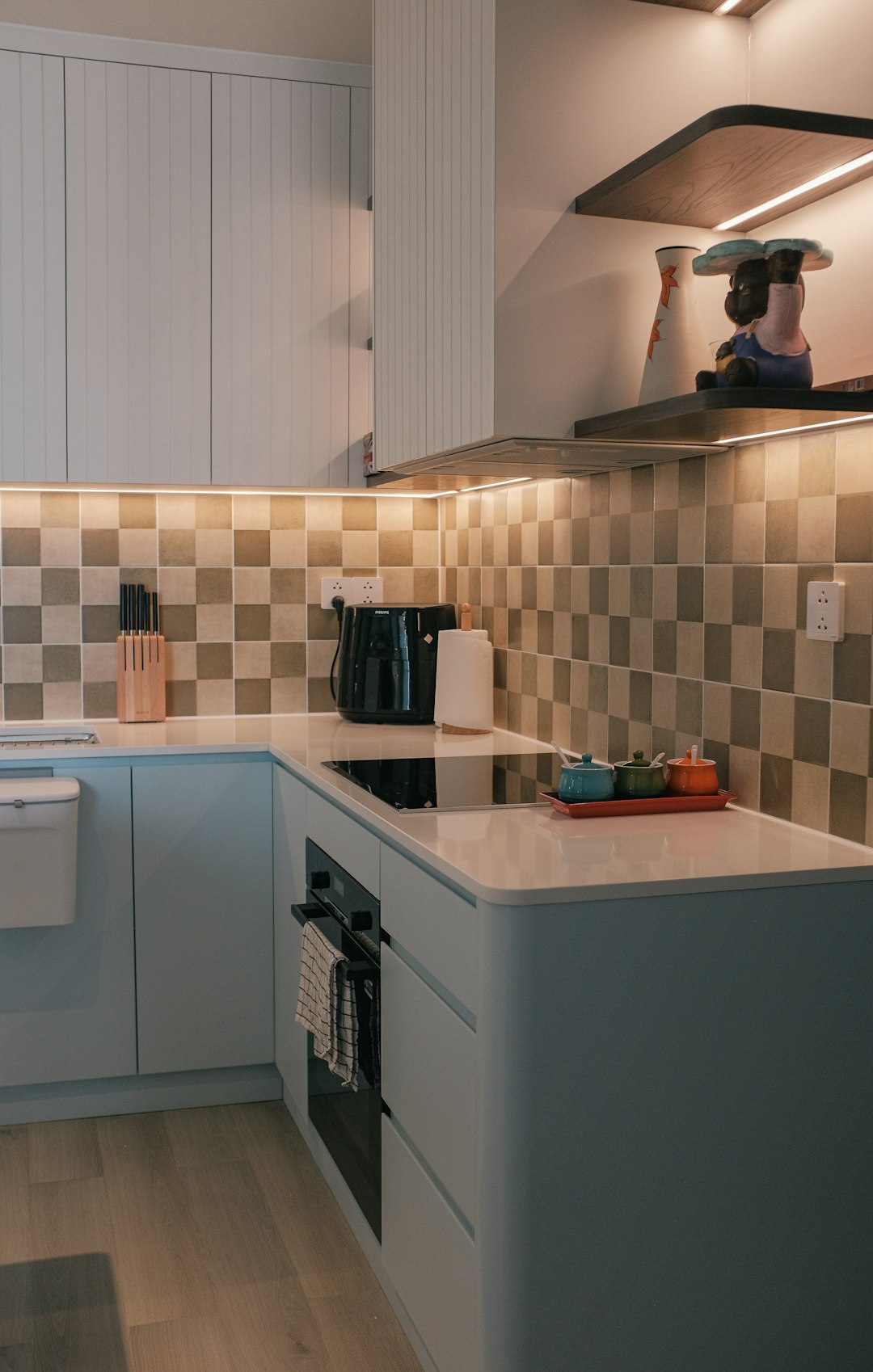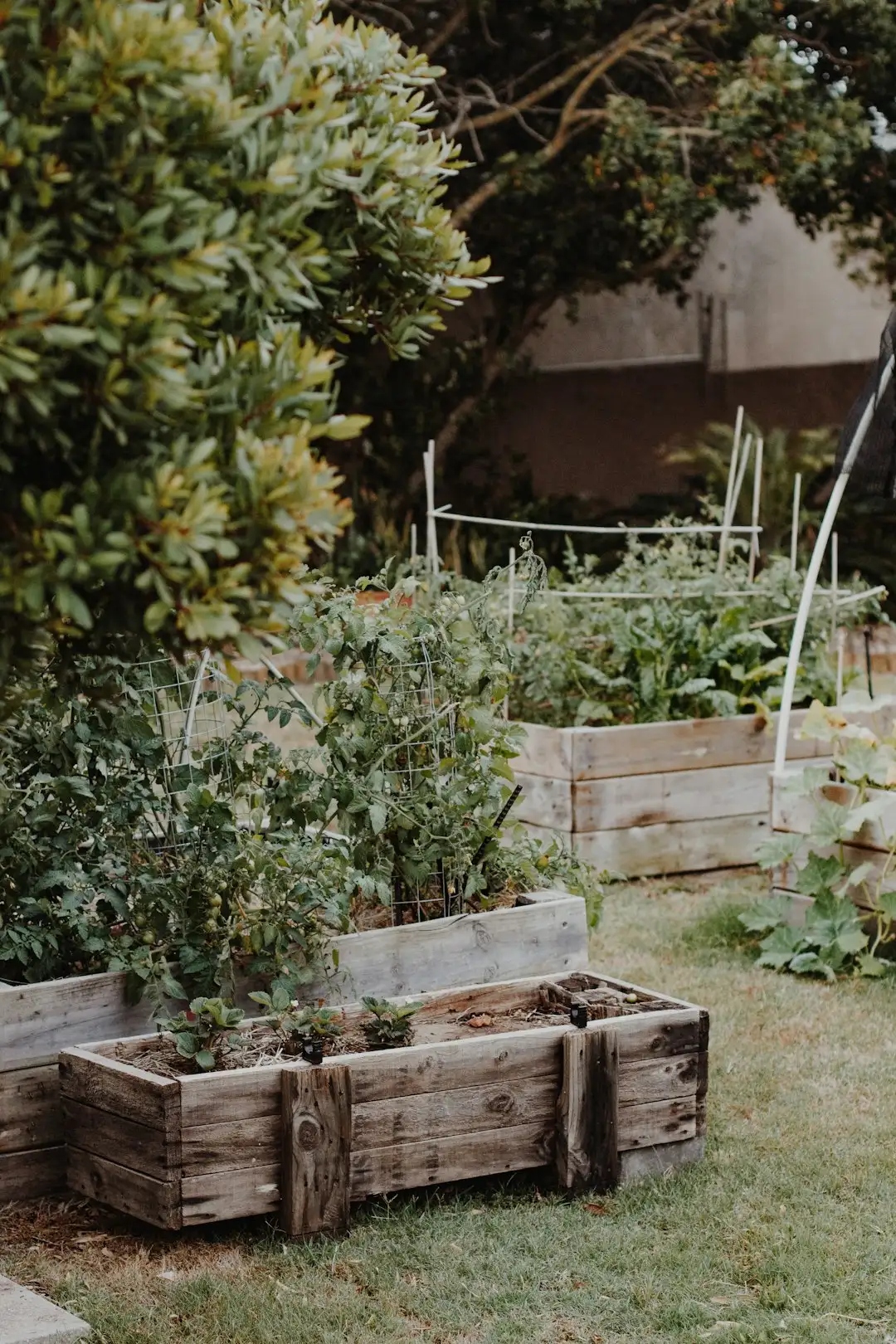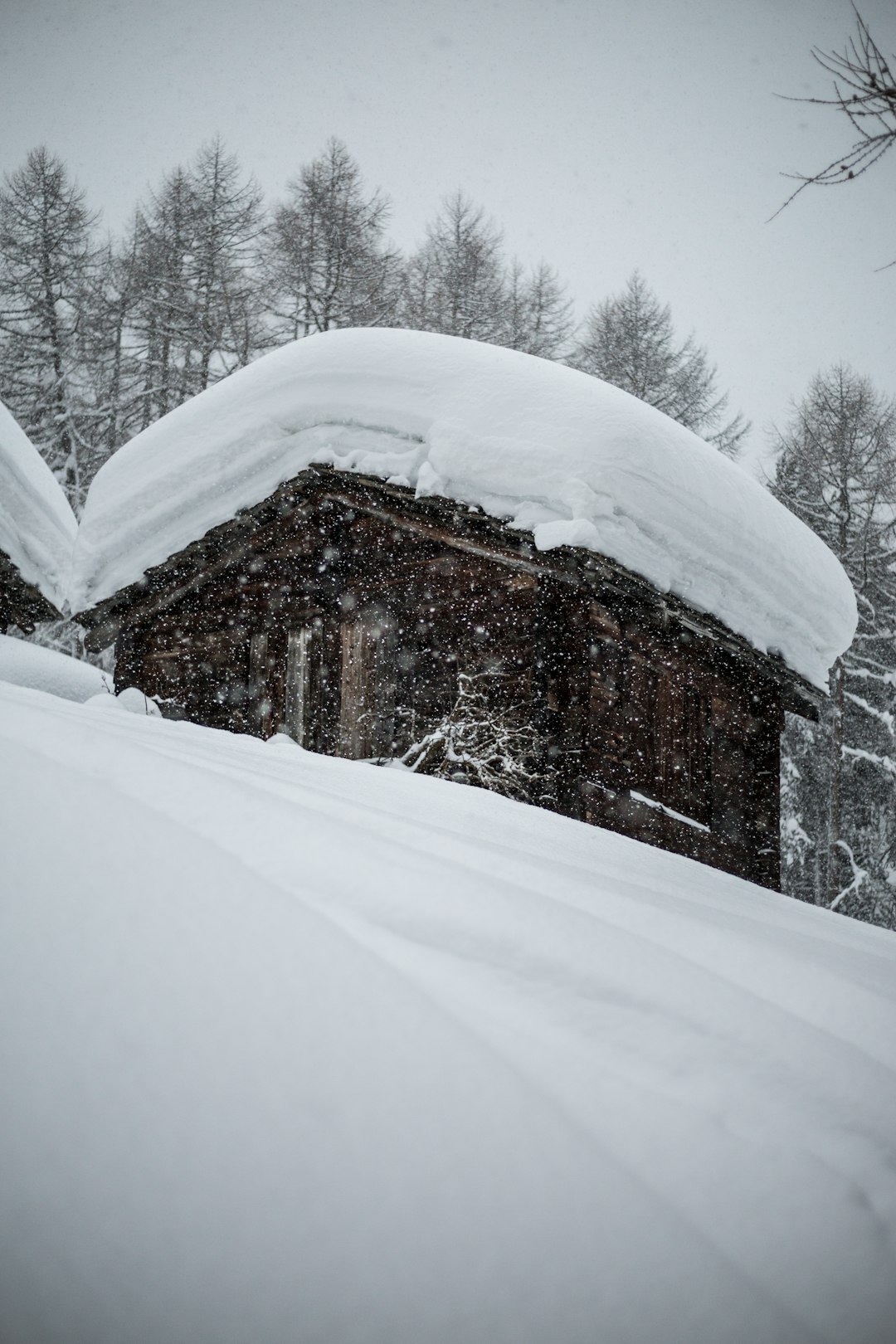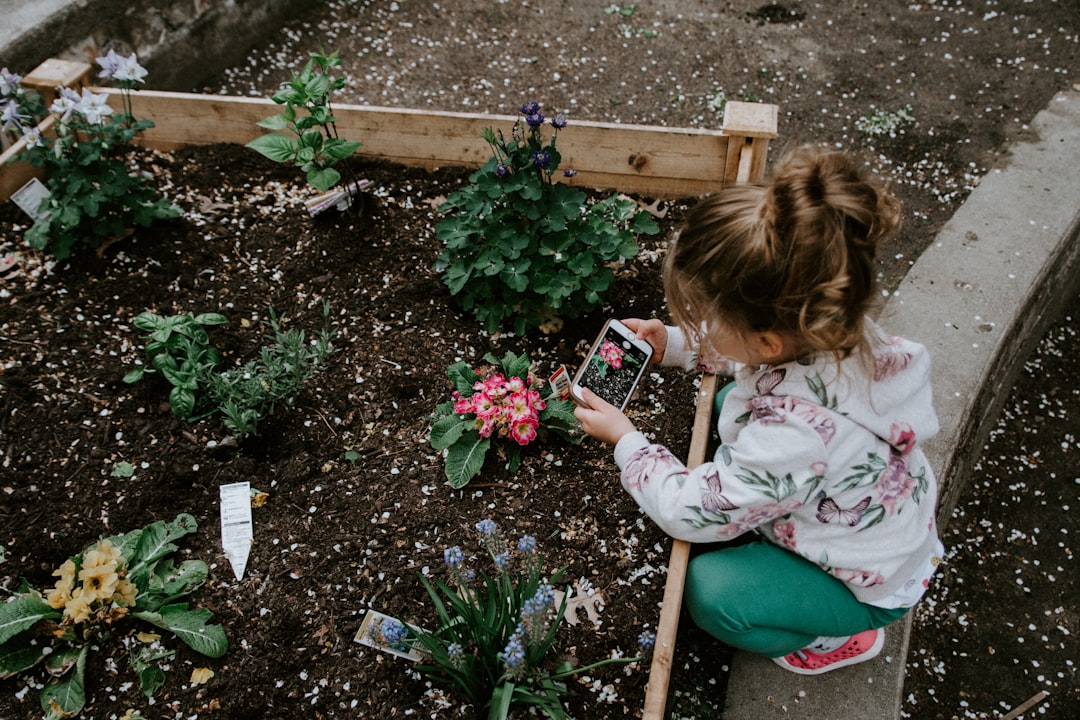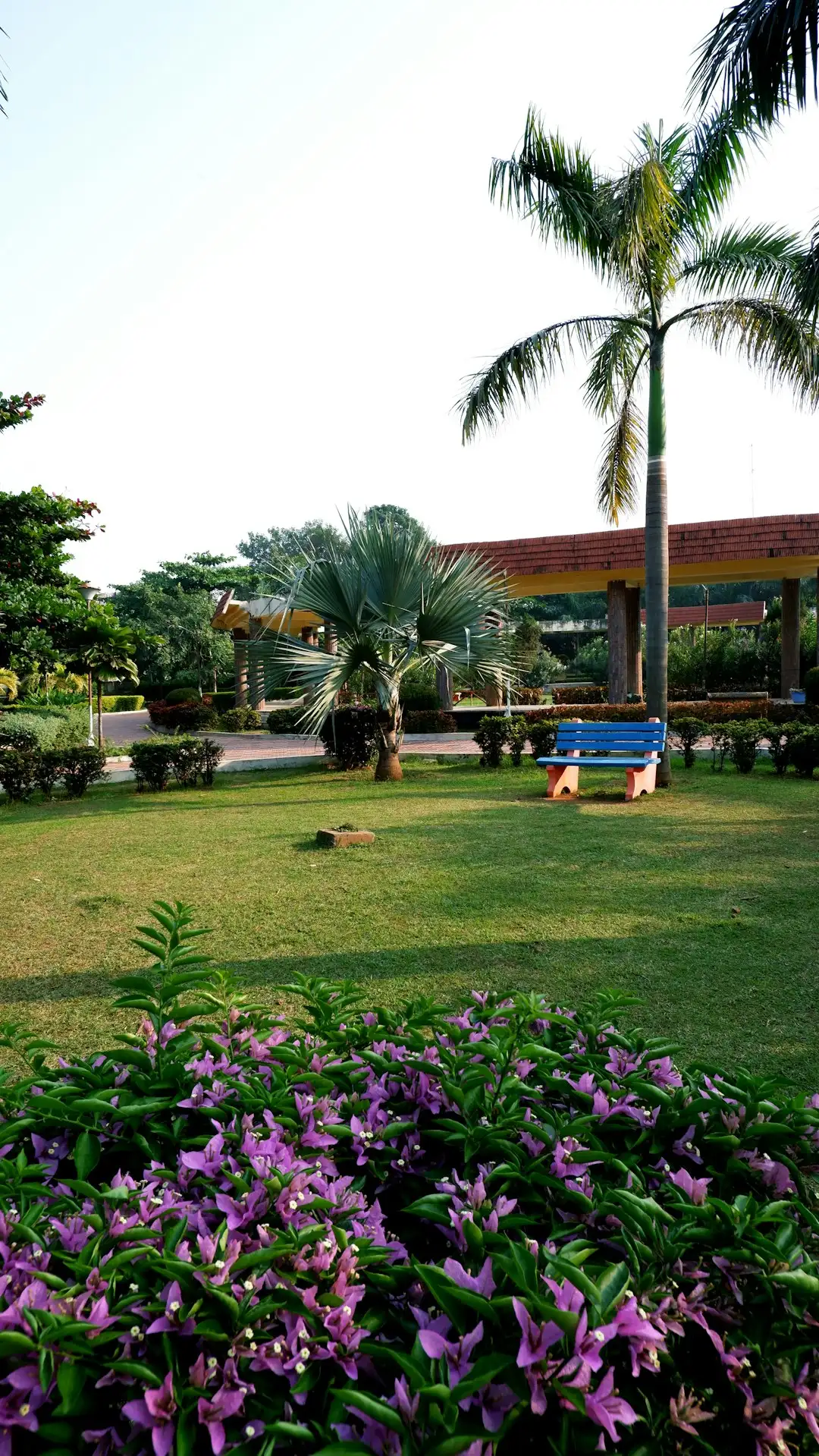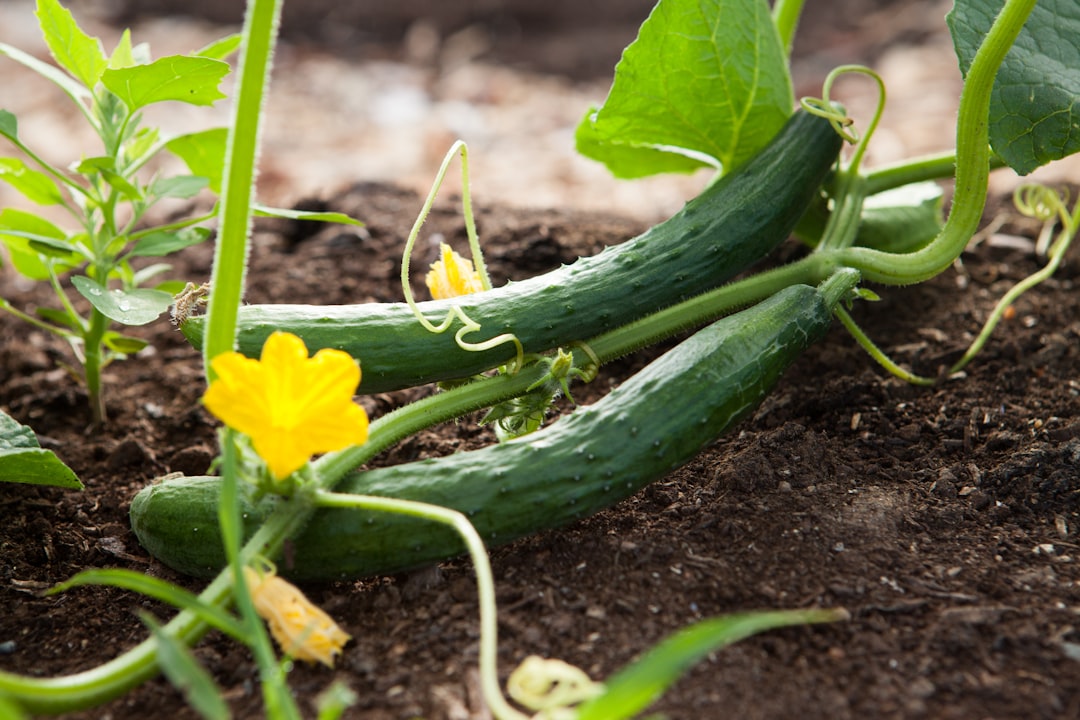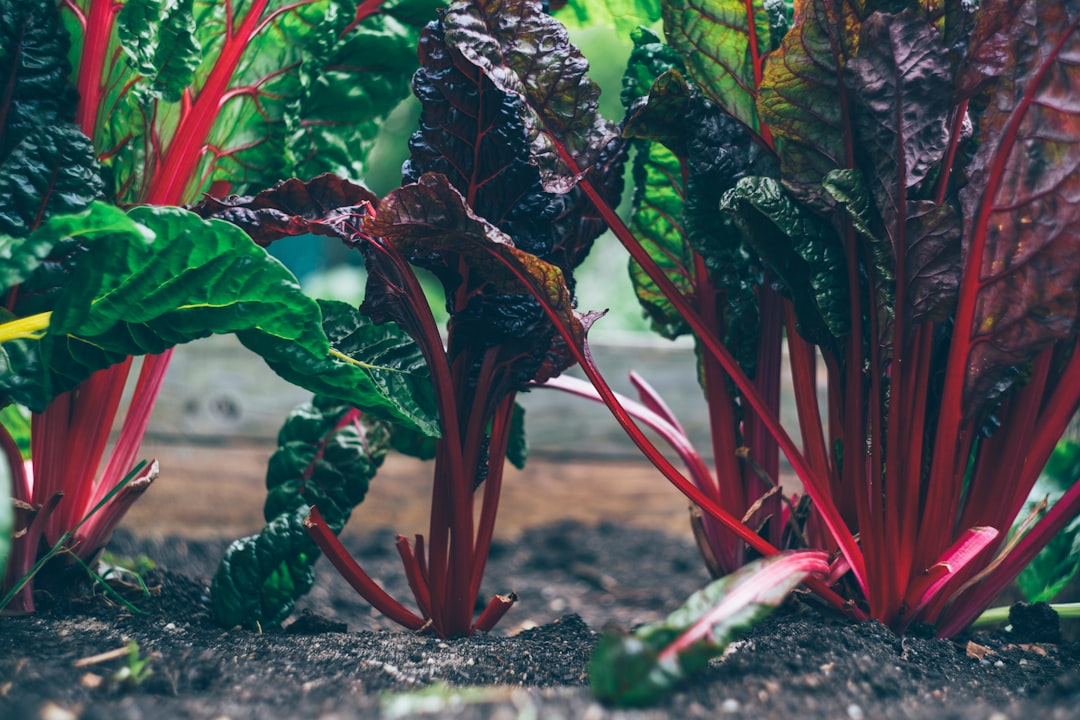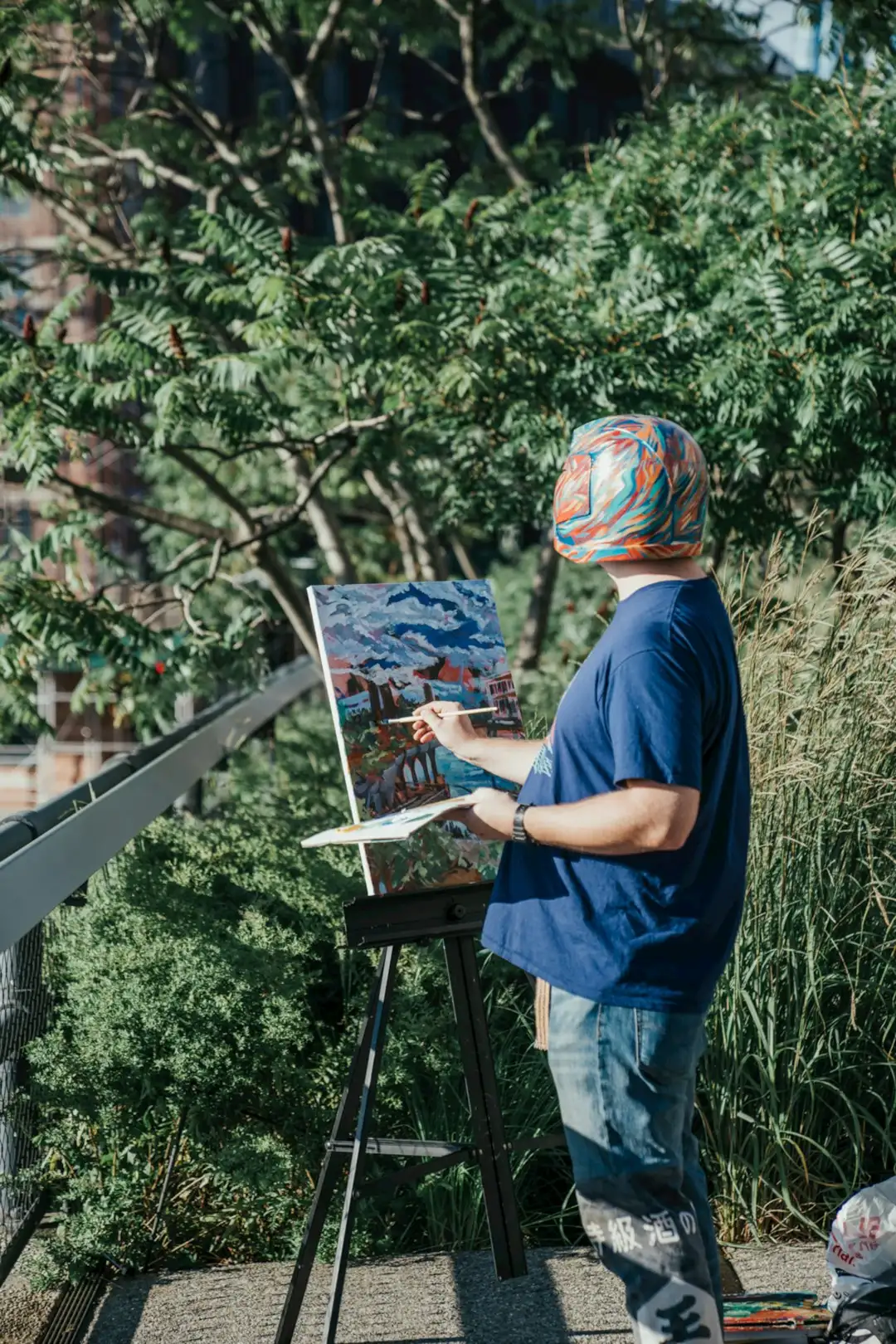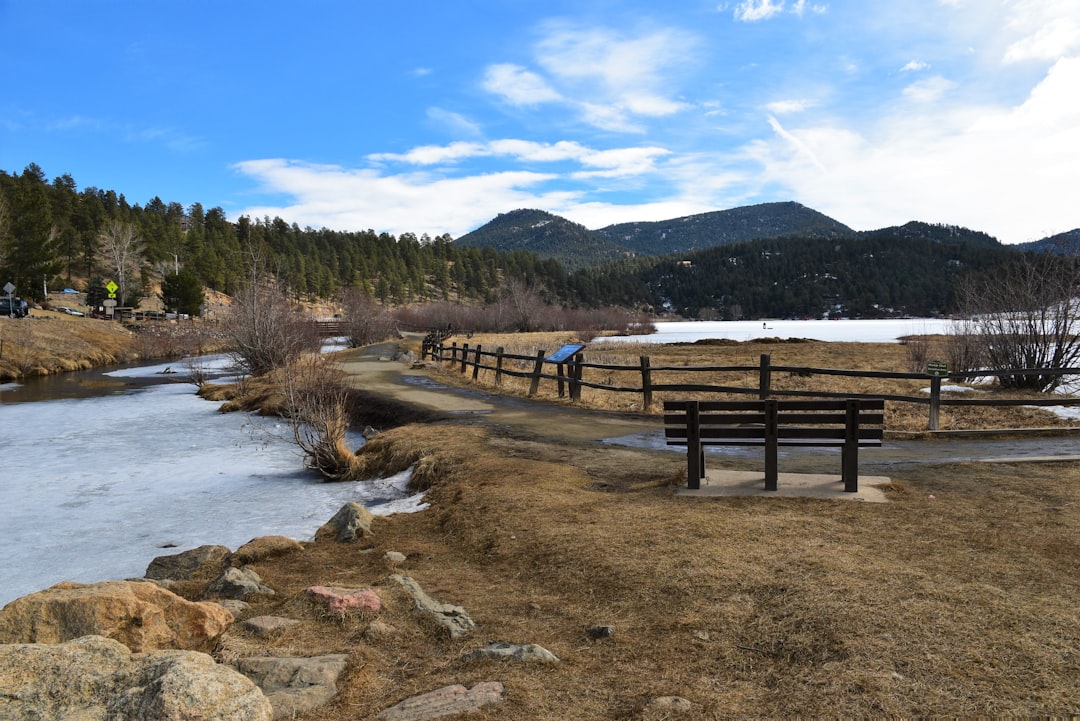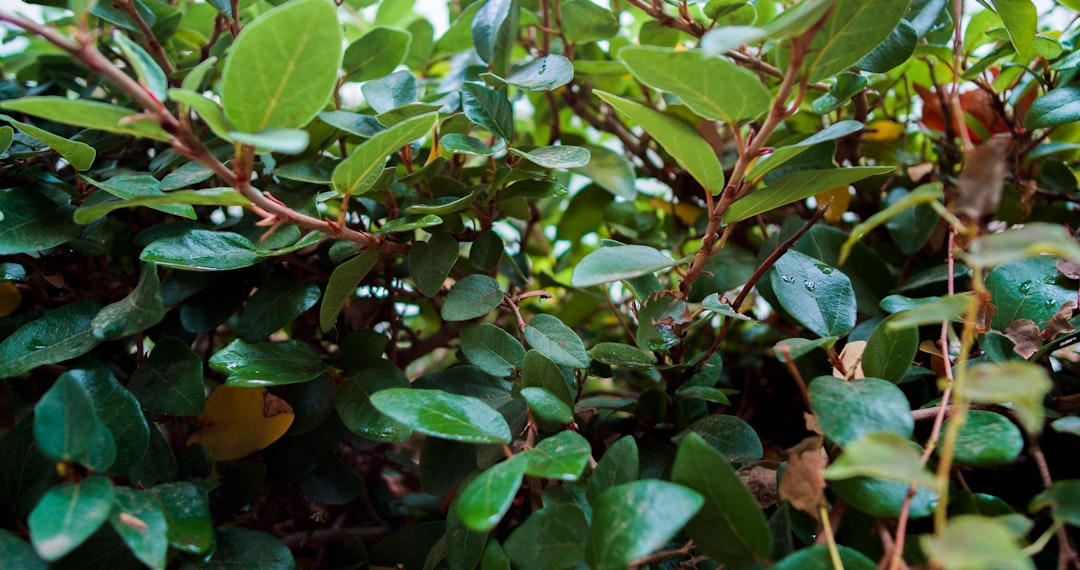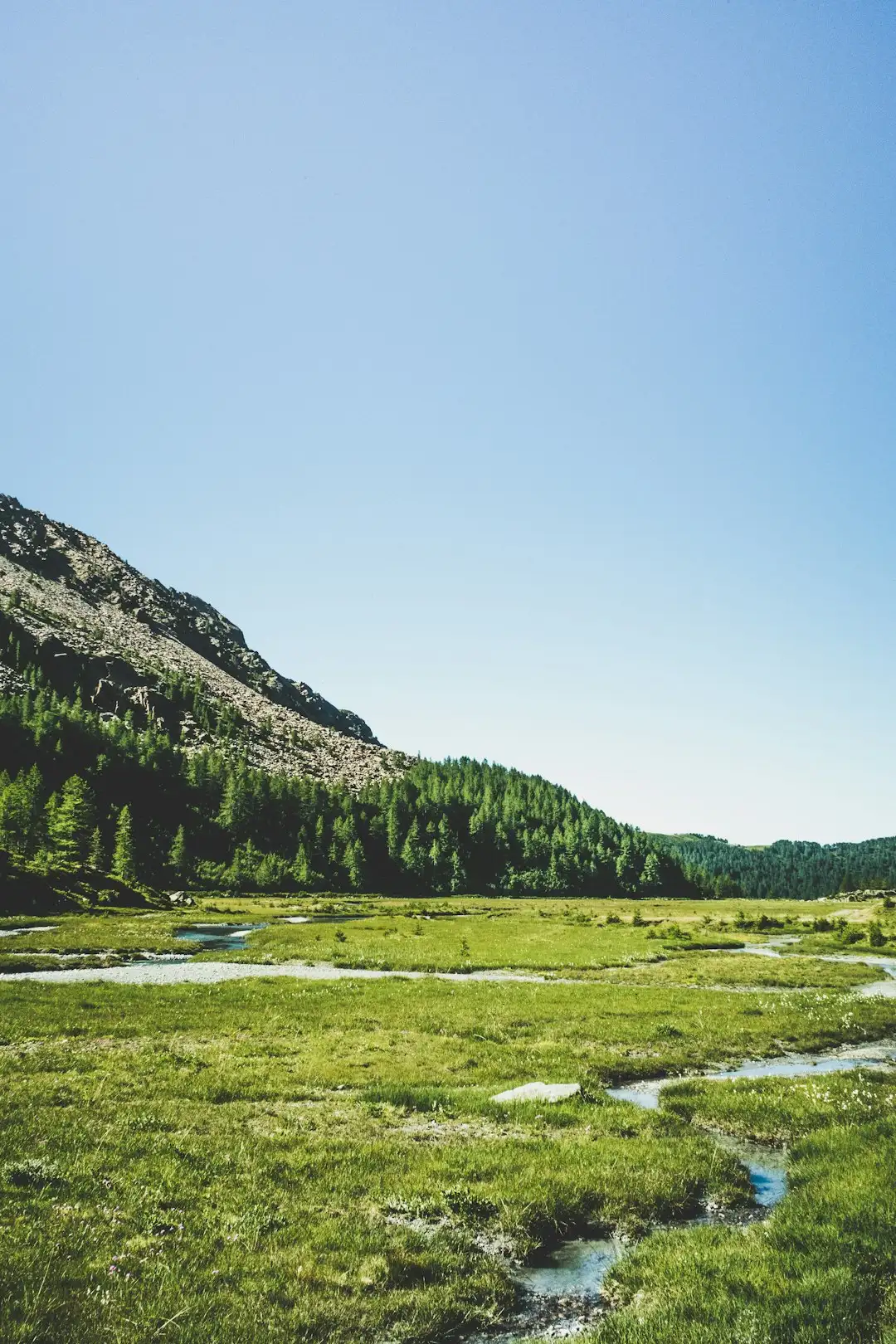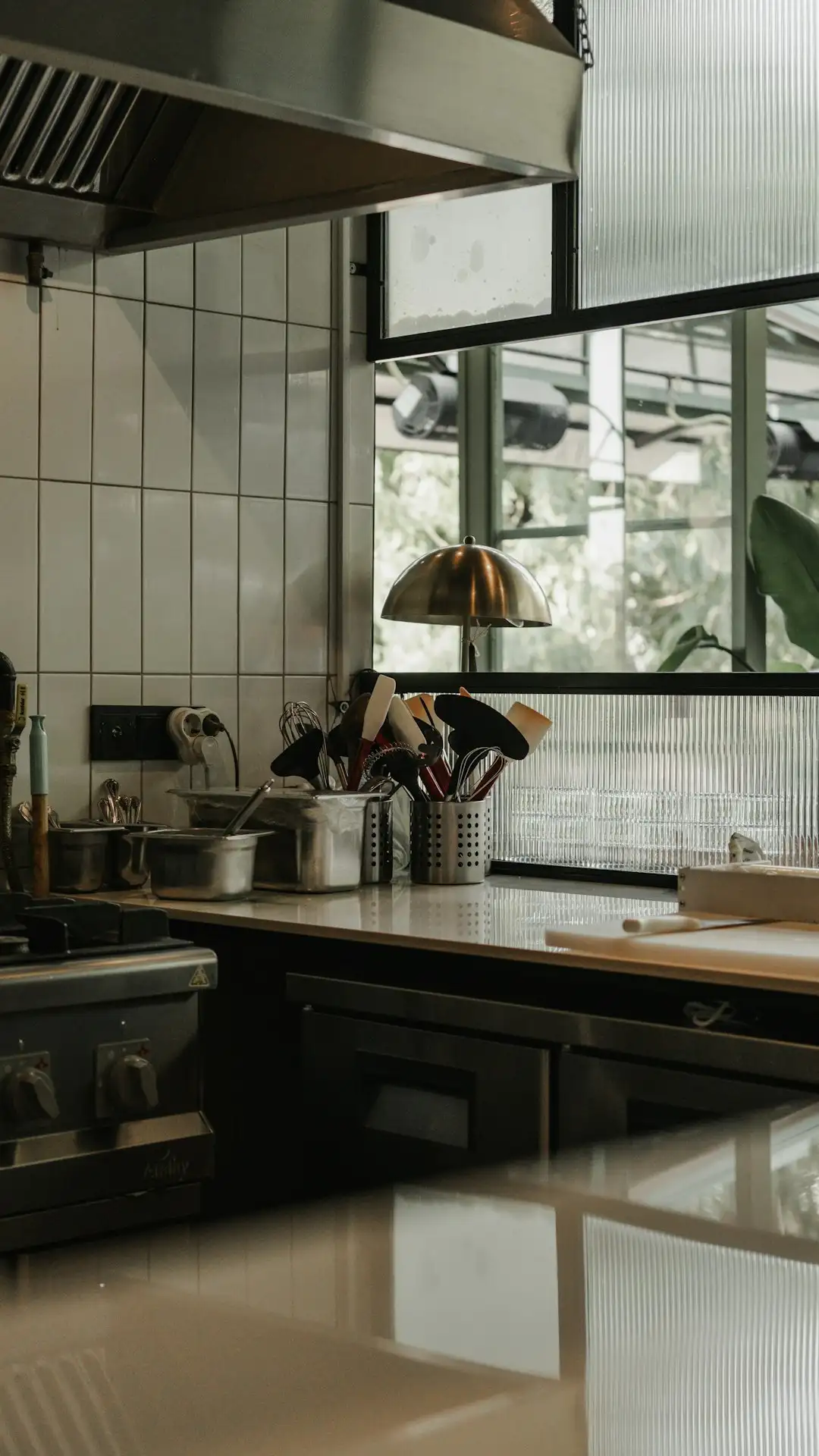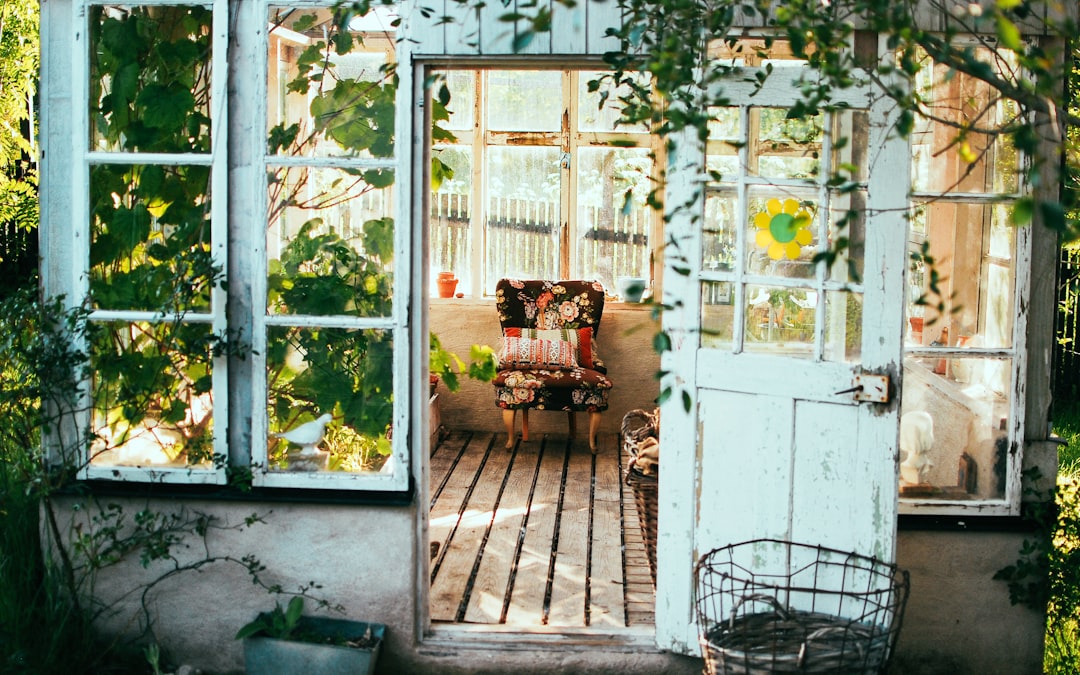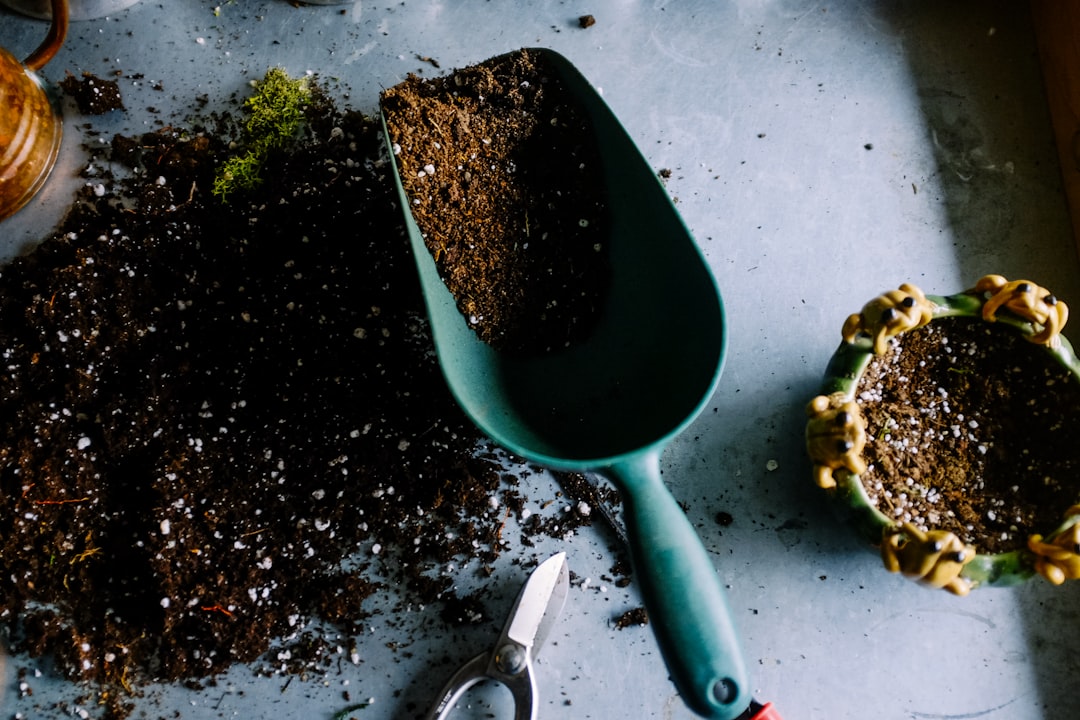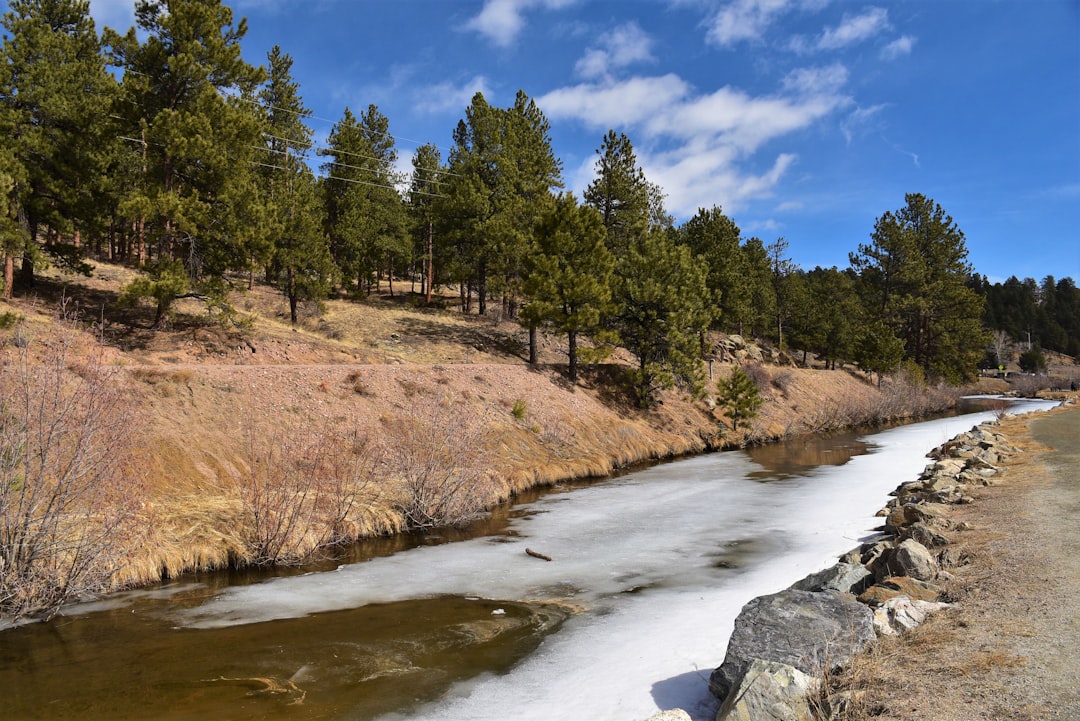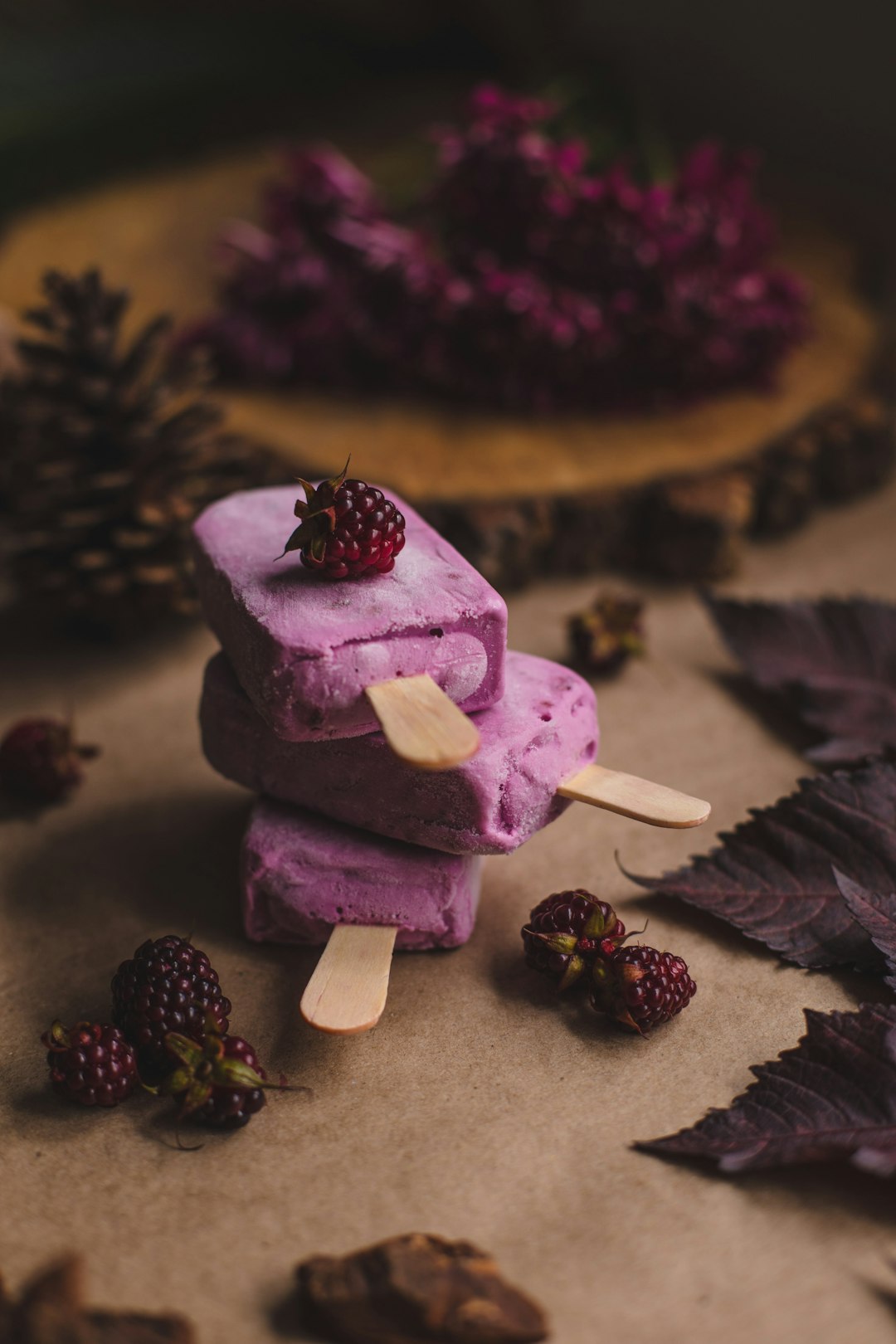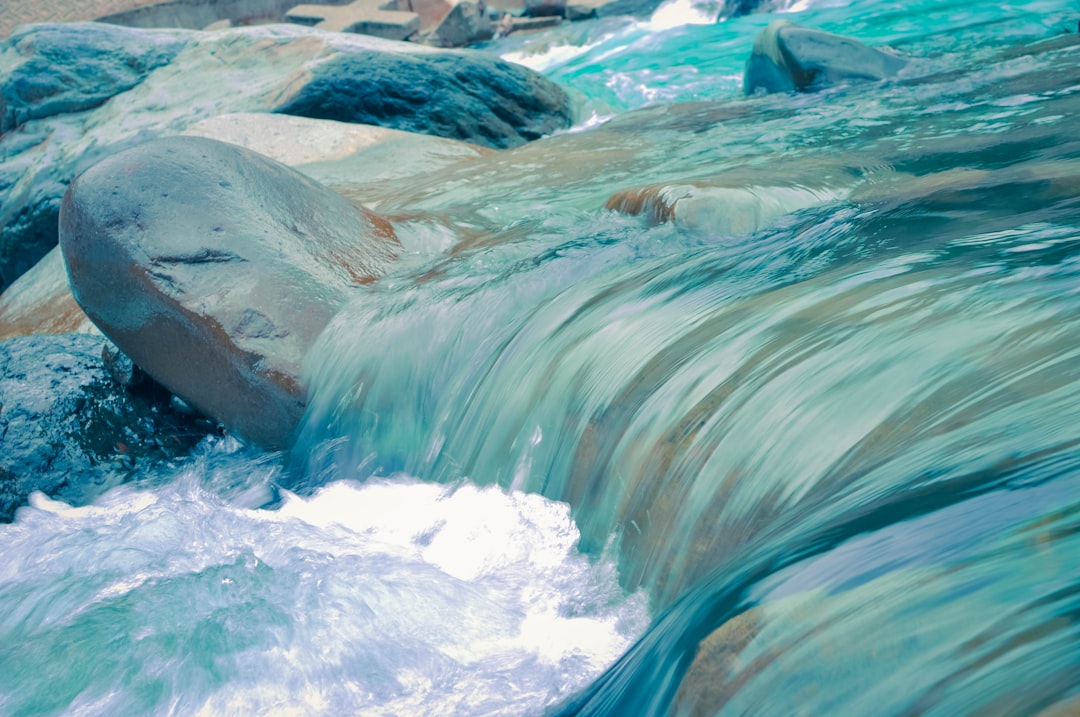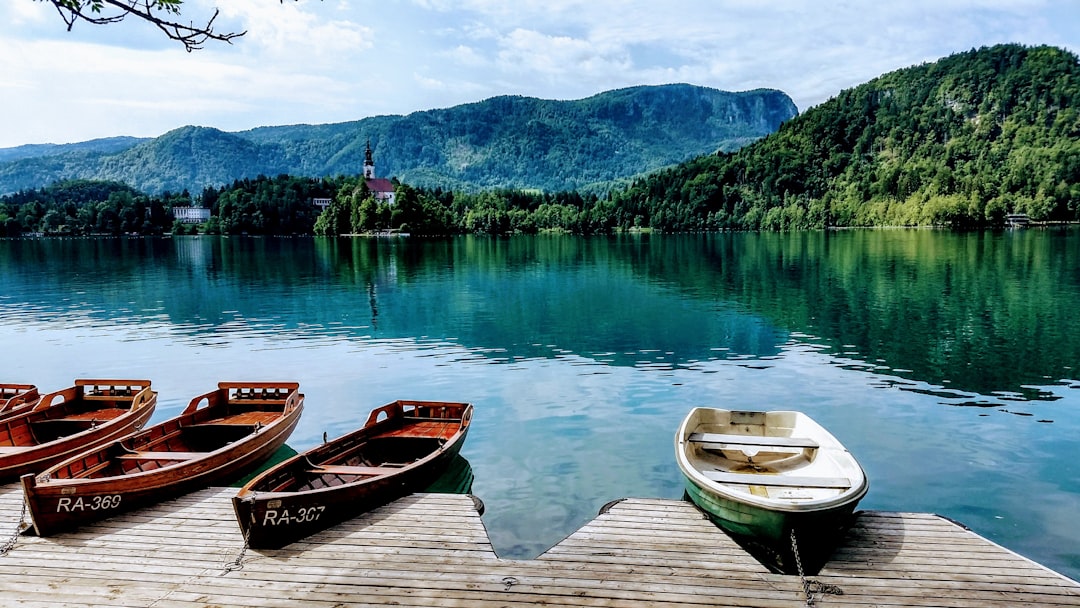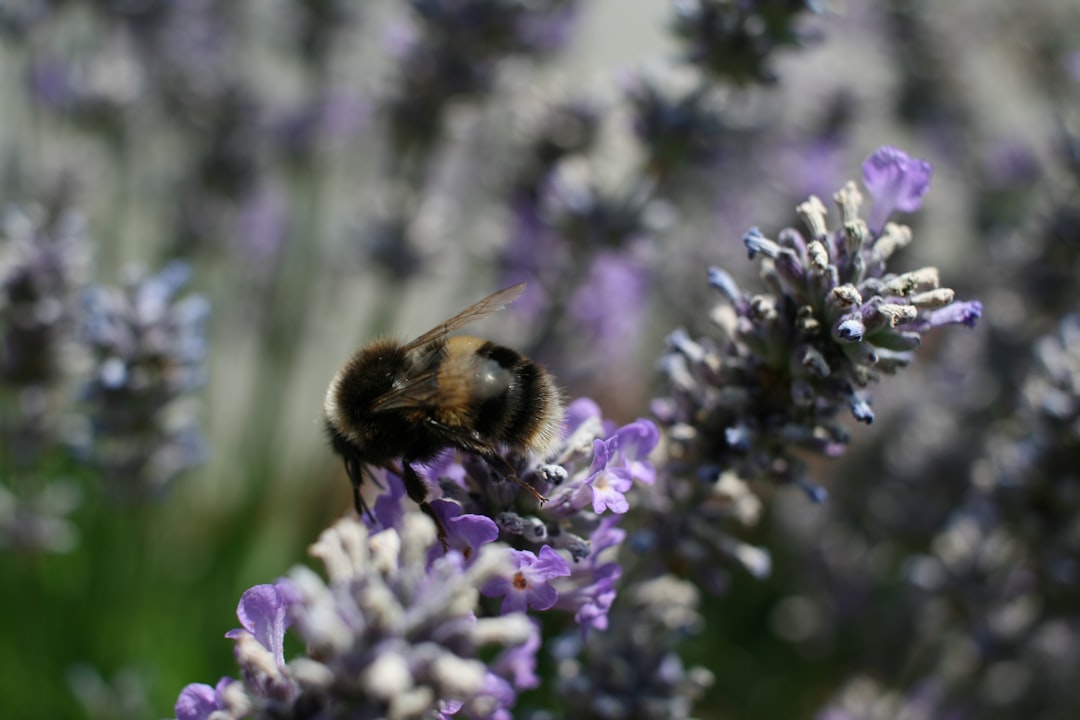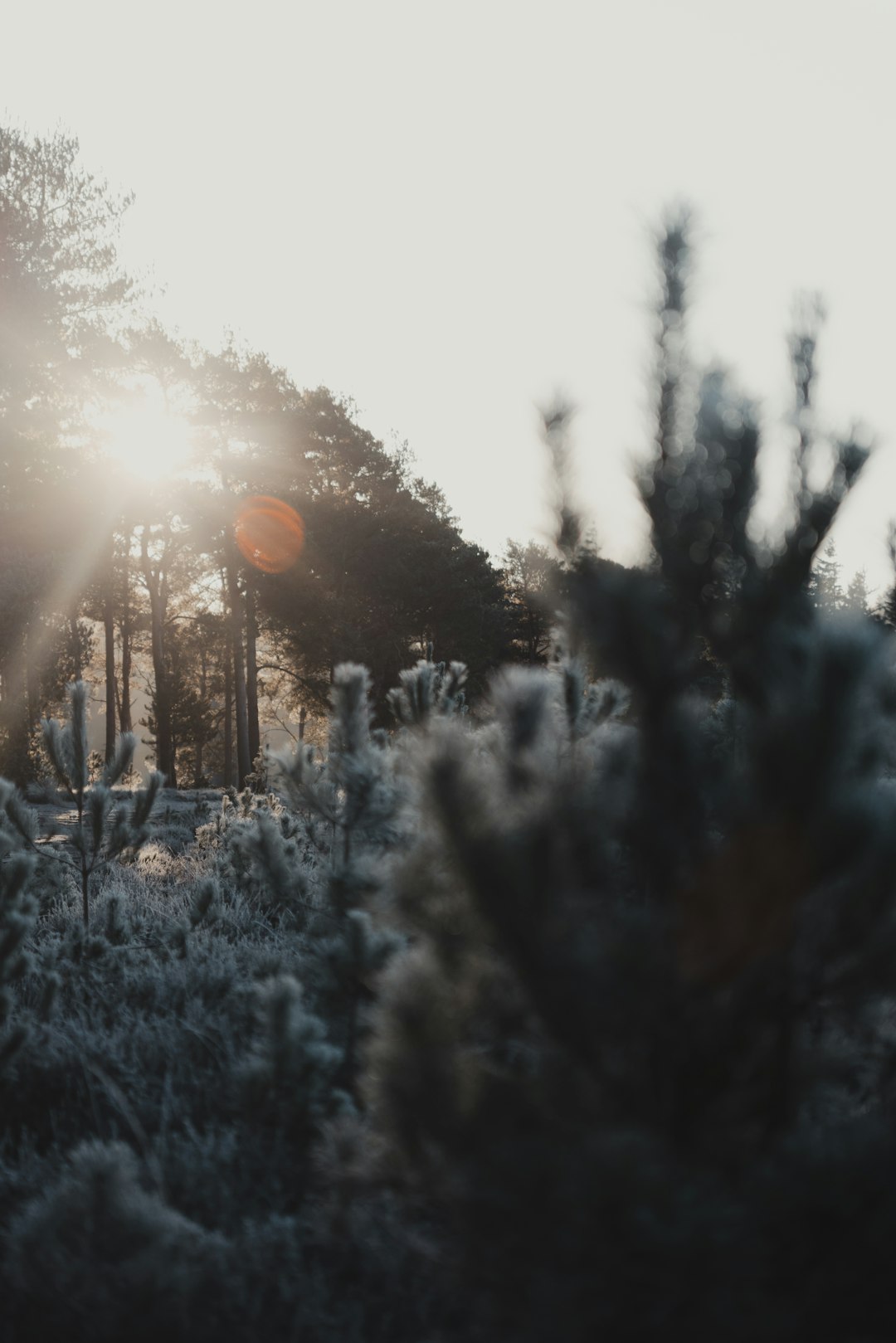
When it comes to annual wildflowers, few can match the charm and beauty of what was once known as godetia, now reclassified as Clarkia. Native to the Pacific Northwest, this delicate flower has captured the hearts of gardeners around the world. In this article, we will explore essential tips for growing Clarkia and creating a vibrant floral display in your garden.
### Understanding Clarkia
Clarkia belongs to the Onagraceae family and encompasses a variety of species, each with its own unique characteristics. These annual wildflowers typically feature showy, cup - shaped flowers in a range of colors, including pink, purple, red, and white. Their slender stems and fern - like foliage add an elegant touch to any garden setting.
### Choosing the Right Location
One of the first steps in growing Clarkia successfully is selecting the appropriate location. Clarkia thrives in full sun to partial shade. In areas with hot summers, providing some afternoon shade can prevent the flowers from wilting. The soil should be well - drained, as Clarkia does not tolerate waterlogged conditions. A loamy or sandy soil with a slightly acidic to neutral pH is ideal. You can improve the soil quality by adding organic matter such as compost or well - rotted manure before planting.
### Planting Clarkia
Clarkia can be grown from seeds, which are readily available at most garden centers. The best time to sow the seeds is in early spring, after the last frost has passed. You can either sow the seeds directly into the garden bed or start them indoors in seed trays. If starting indoors, plant the seeds about 6 - 8 weeks before the last expected frost. Press the seeds gently into the soil, as they need light to germinate. Keep the soil moist but not soggy until the seeds sprout, which usually takes about 7 - 14 days.
When transplanting seedlings outdoors, space them about 6 - 12 inches apart to allow for proper air circulation and growth. This spacing also helps prevent the spread of diseases.
### Watering and Fertilizing
Once established, Clarkia has moderate water requirements. Water the plants deeply but infrequently, allowing the soil to dry out slightly between waterings. Overwatering can lead to root rot and other fungal diseases. During periods of drought, increase the frequency of watering to keep the plants healthy.
Fertilizing Clarkia is not always necessary, especially if the soil is rich in organic matter. However, if you notice slow growth or pale foliage, you can apply a balanced, water - soluble fertilizer once a month during the growing season. Follow the instructions on the fertilizer package for the correct dosage.
### Pruning and Deadheading
Pruning and deadheading are important tasks to keep your Clarkia plants looking their best. Deadheading, which involves removing spent flowers, encourages the plant to produce more blooms. Simply pinch off the faded flowers at the base of the stem. This not only improves the appearance of the plant but also redirects the plant's energy towards new growth and flower production.
You can also prune the plants lightly to shape them and promote bushier growth. Trim back any leggy or overgrown stems in early summer.
### Pest and Disease Control
Clarkia is generally a hardy plant, but it can be susceptible to some pests and diseases. Common pests include aphids, spider mites, and slugs. You can control aphids and spider mites by spraying the plants with a strong stream of water or using an insecticidal soap. For slugs, you can set up beer traps or use slug pellets.
As for diseases, powdery mildew and root rot are the most common issues. To prevent powdery mildew, ensure good air circulation around the plants and avoid overhead watering. If root rot occurs, improve the soil drainage and reduce watering frequency.
### Enjoying the Blooms
With proper care and attention, your Clarkia plants will reward you with a profusion of beautiful blooms throughout the summer. These flowers are not only a delight to behold in the garden but also make excellent cut flowers. You can create stunning floral arrangements by cutting the stems when the flowers are in full bloom and placing them in a vase with fresh water.
In conclusion, growing Clarkia is a rewarding experience that allows you to bring a touch of the Pacific Northwest's natural beauty into your own garden. By following these essential tips, you can ensure that your Clarkia plants thrive and provide you with a colorful display year after year.
New






